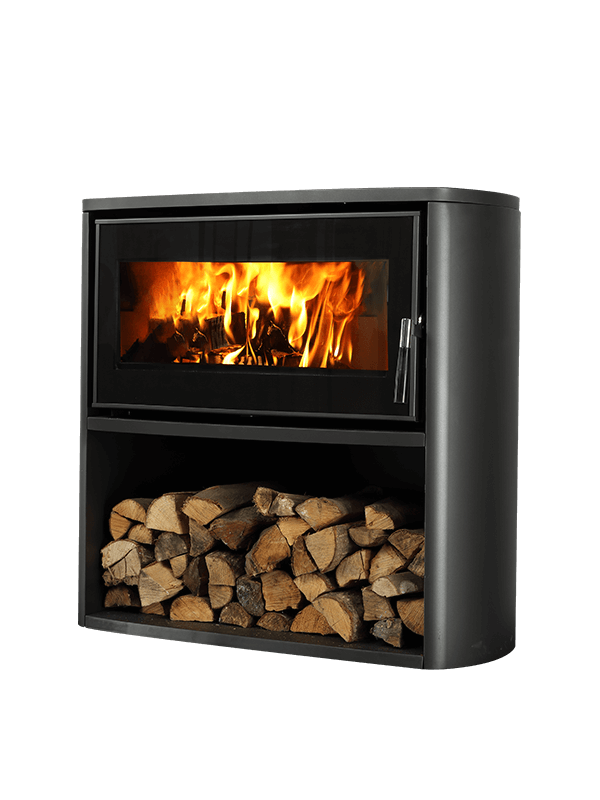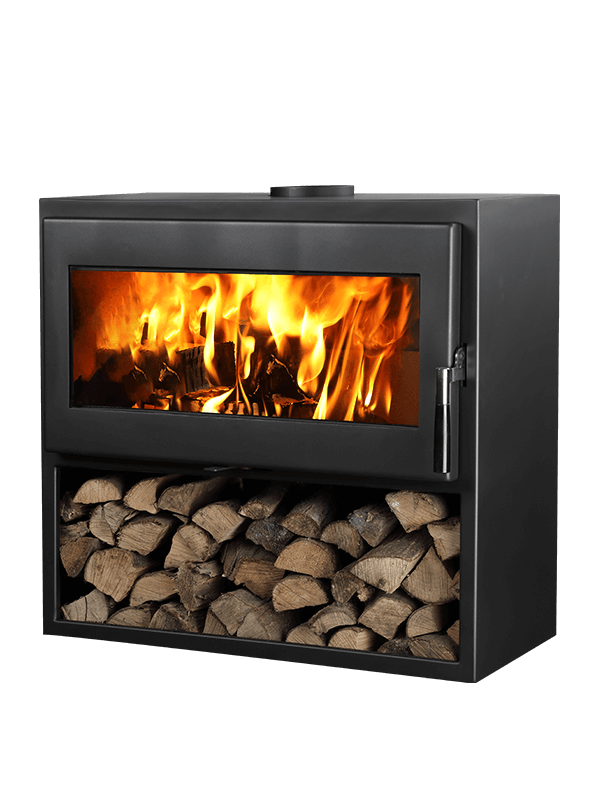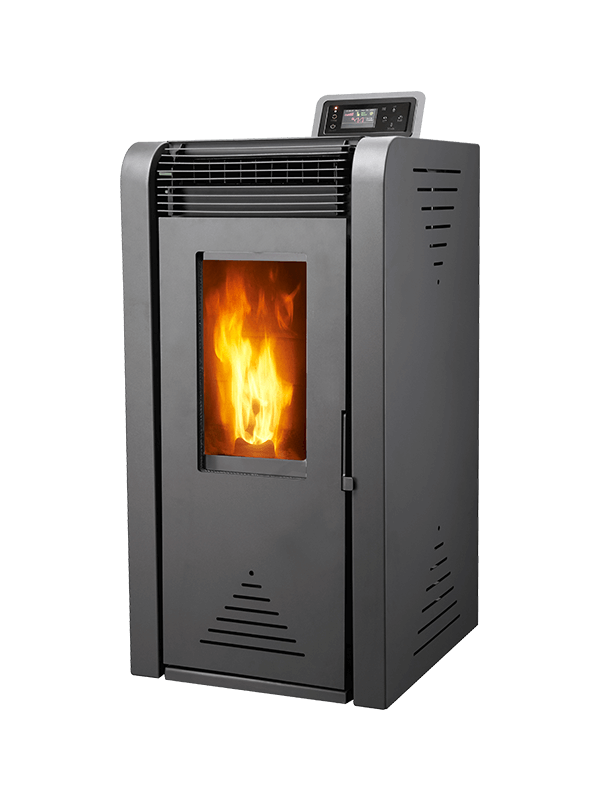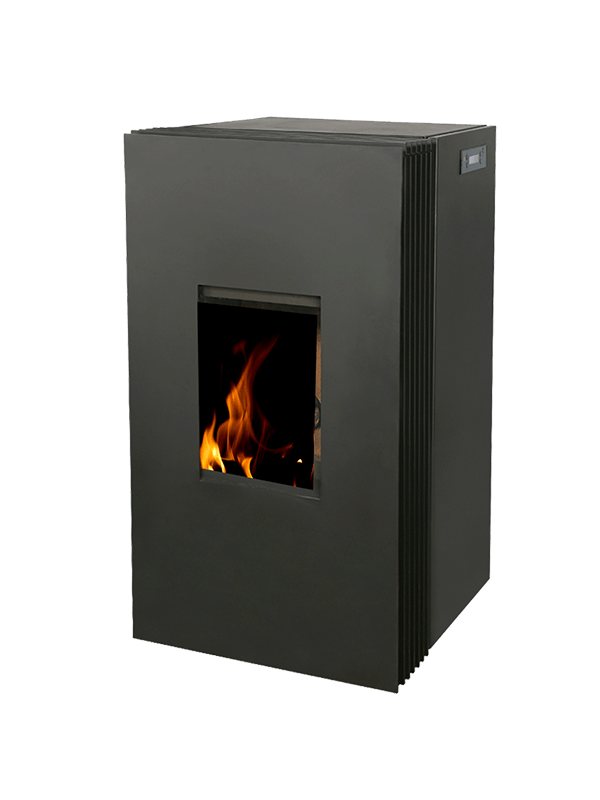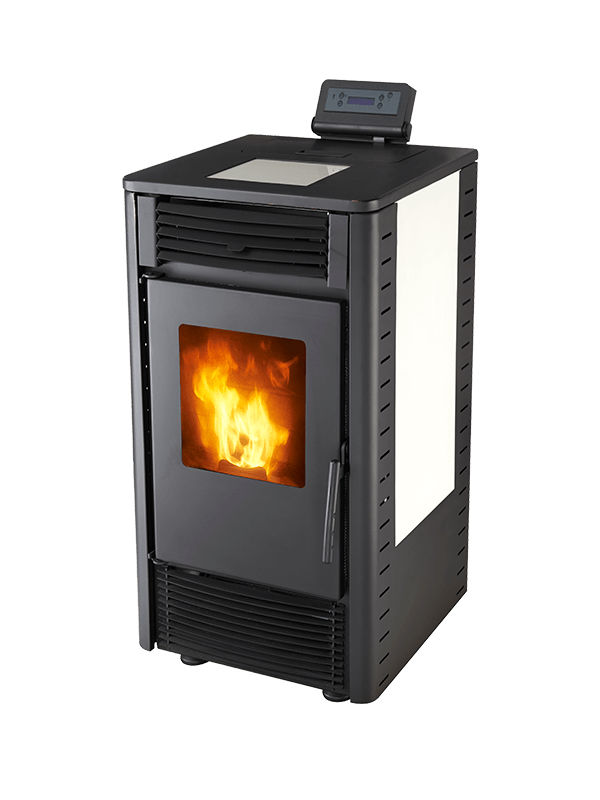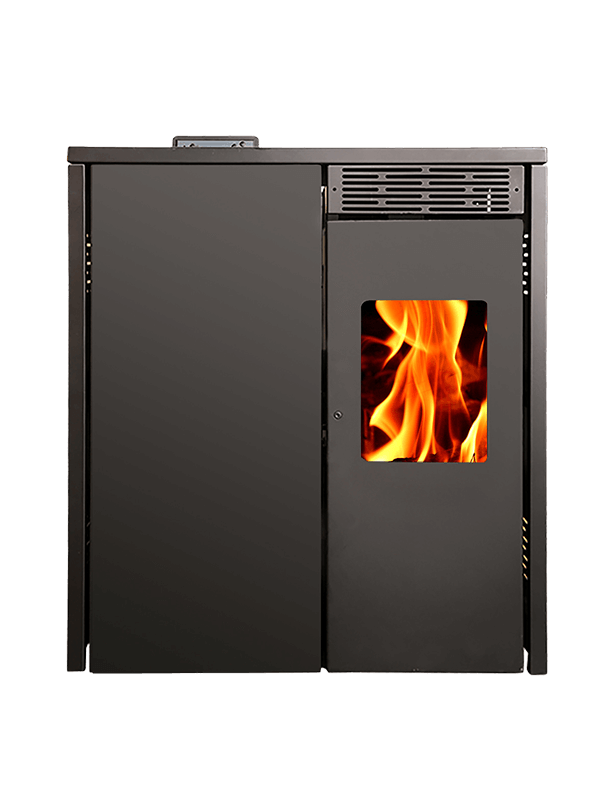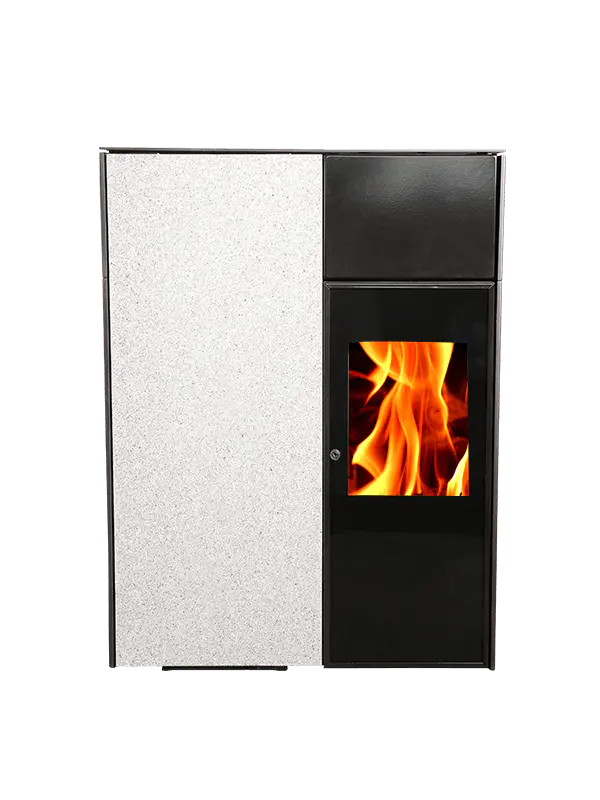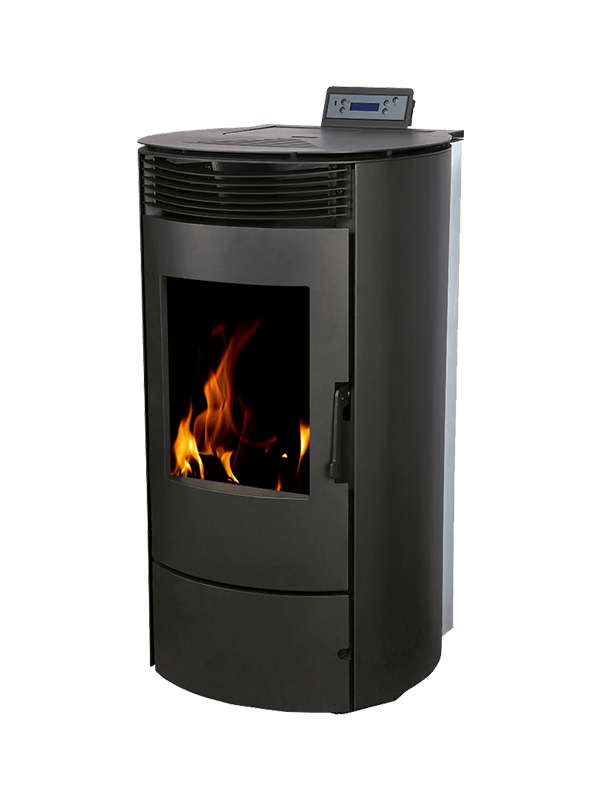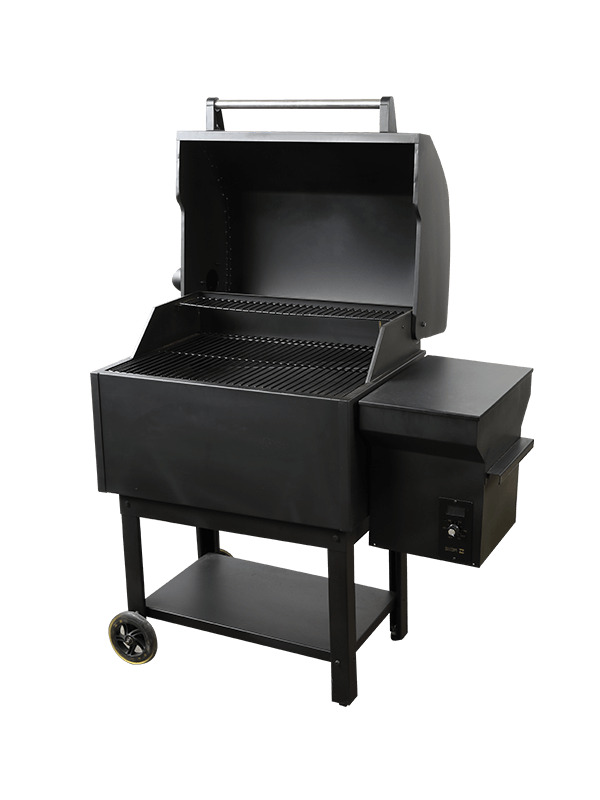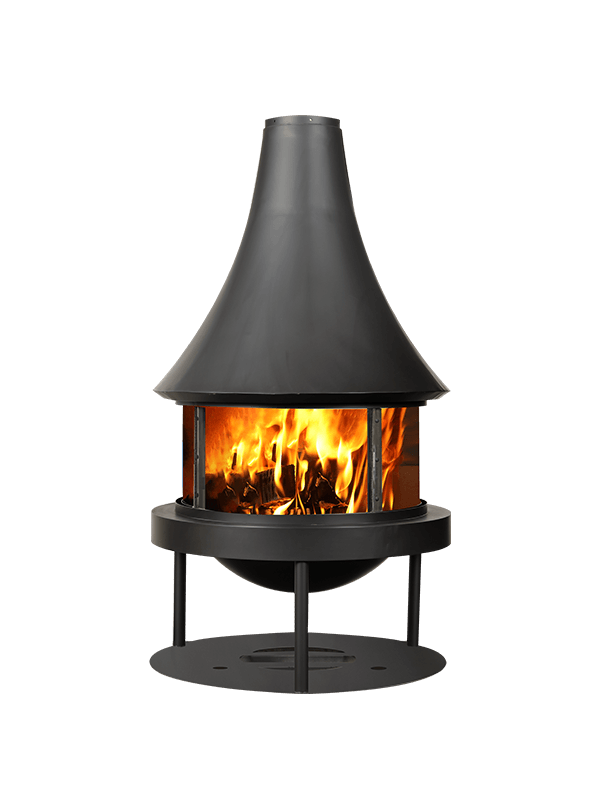Smart Pellet Stove
The smart pellet stove is the ideal choice for people who want to reduce their carbon footprint and save on fuel bills. Its advanced technology allows users to easily control temperature, air temperature and burn speed from their mobile phones. This stove also comes with a programmable thermostat for maximum fuel efficiency. It also includes a pusher arm to open the slide plate. Pellets are gravity fed to the auger, which twirls them toward the burn pot.
Most pellet stoves have a hopper on top for collecting wood pellets. This hopper is connected to the stove via a hopper port. The pellets are ignited in a controlled manner and the gases are vented out through the vent pipe. A separate blower dispenses the hot air from the combustion chamber into the room. Because pellet stoves use electricity, they don't require manual fire building.
Whether or not a pellet stove is suitable for your home depends on your lifestyle and your budget. If you're looking for an affordable stove, consider purchasing one with a low price tag. However, make sure to research the health of the stove. If it isn't made of durable materials, it will eventually start malfunctioning. If it is not serviceable, it can be dangerous to your health. Therefore, make sure to choose a high-quality stove.
A pellet stove is not generally a whole house heater. However, it's ideal for toasting up common living areas. Alternatively, a pellet stove can provide extra heat in seasonal areas, such as the backyard. Regardless of your preference, a smart pellet stove will save you both time and money. And because pellet stoves are environmentally responsible, they do not pollute the atmosphere. They also burn less carbon dioxide than an equivalent-sized tree throughout its lifecycle.
Despite its high price tag, a smart pellet stove will pay for itself in no time. Saving money and the environment are two good reasons to switch to a pellet stove. One way to do that is to look for a stove with a higher BTU rating. You can use the fuel calculator provided by Efficiency Maine to see the difference in your own home energy bill. This way, you can compare the costs of a pellet stove to traditional fuel sources.
One major benefit of a pellet stove is the ability to customize your settings. There are different settings for different temperatures. If you want to control your heat easily, it's a good idea to choose one with a thermostat. Wood stoves are not an option for everyone, however, as wood is not widely available. Besides being environmentally friendly, pellet stoves also provide warmth and reduce energy bills. These stoves are also very easy to maintain.
Another benefit of using a pellet stove is that they use environmentally friendly wood pellets. Wood pellets come from sawdust and shavings from wood furniture. They are also more affordable than mini-splits. If you're looking for a stove with a higher efficiency rating, consider investing in a premium brand. These stoves usually come with better warranties and are more likely to qualify for a government tax credit equal to 26% of the cost of the stove and installation.
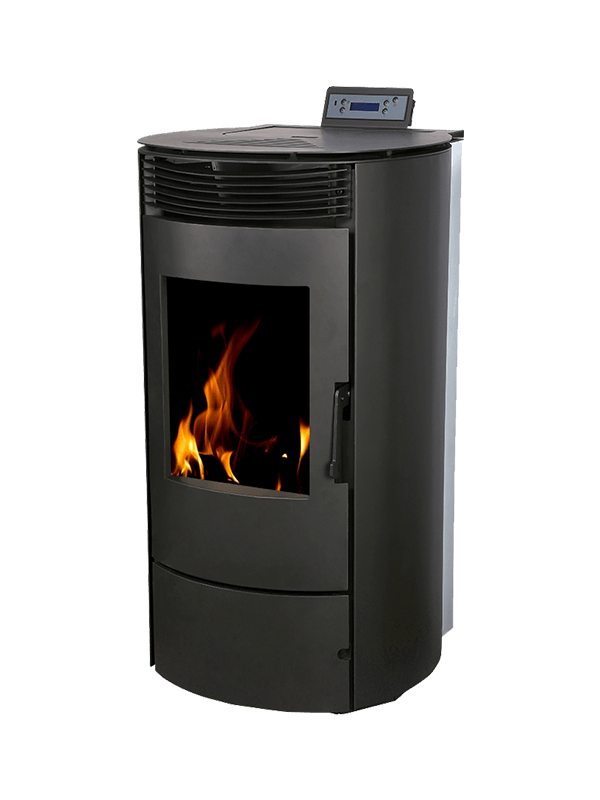
|
Height*Width*Depth
|
980*525*545mm
|
|
Nominal heat output (kw)
|
8kw
|
|
Maximum efficiency (%)
|
85%
|
|
CO emission@ 13% O2
|
0.057%
|
|
Hopper capacity
|
16KGS
|
|
Fuel consumption at maximum power (kg/h)
|
1.85kg/h
|
|
Fuel consumption at minimum power (kg/h)
|
0.9kg/h
|
|
Operation hours at maximum power
|
9h
|
|
Operation hours at minimum power
|
17h
|
|
Room heating capacity
|
70-80㎡
|
|
Weight (kg)
|
79kg
|
|
Flue outlet (MM)
|
80mm
|




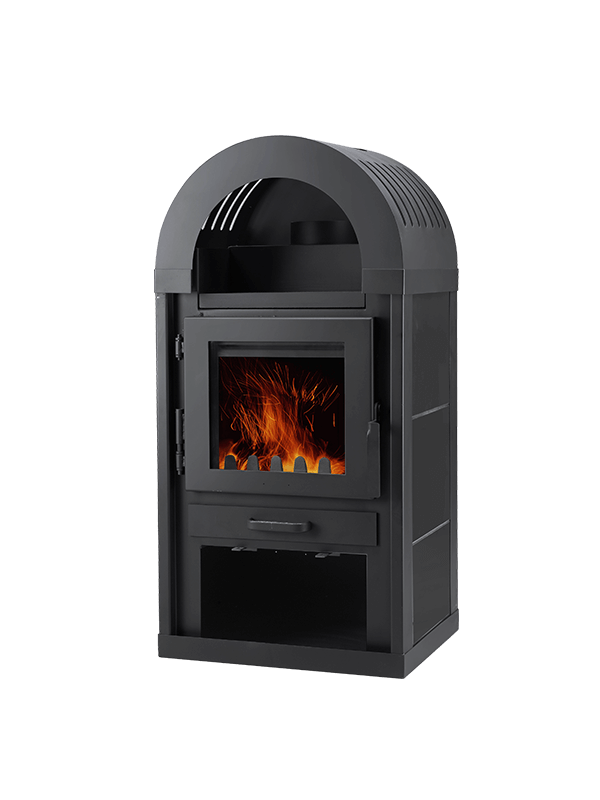
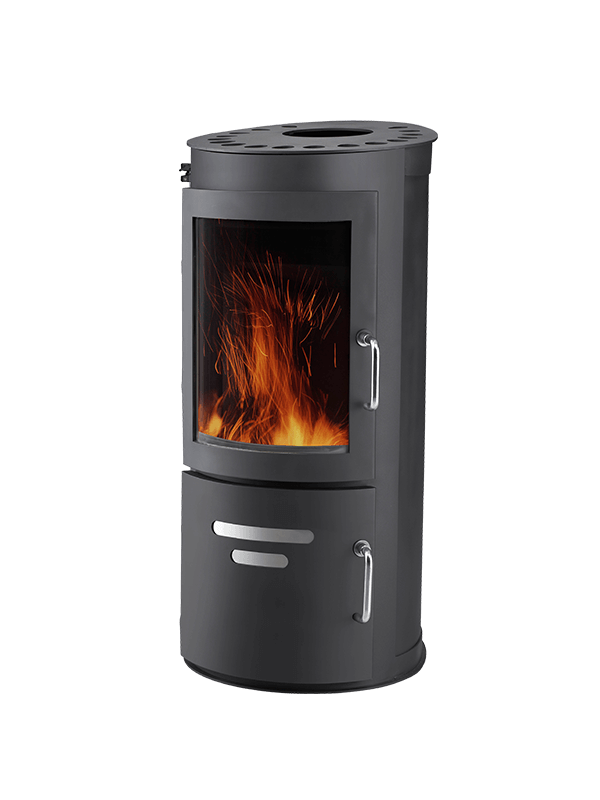
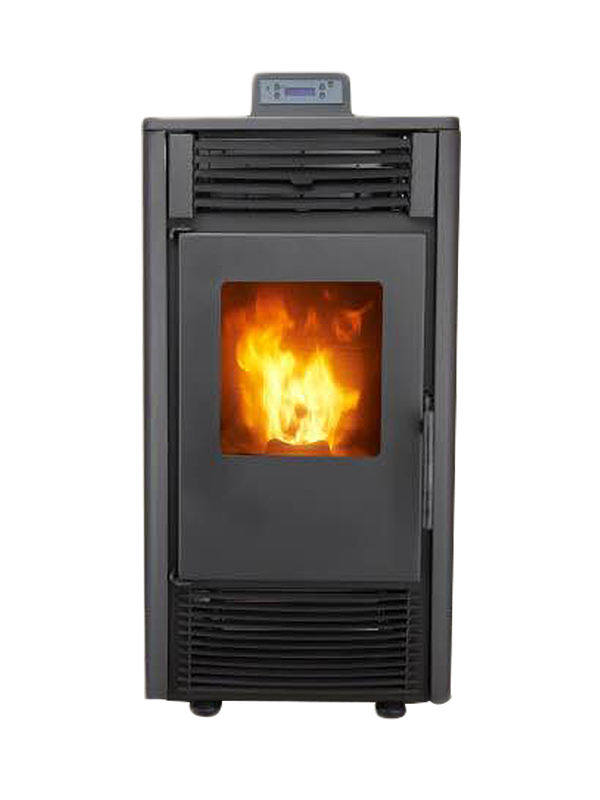
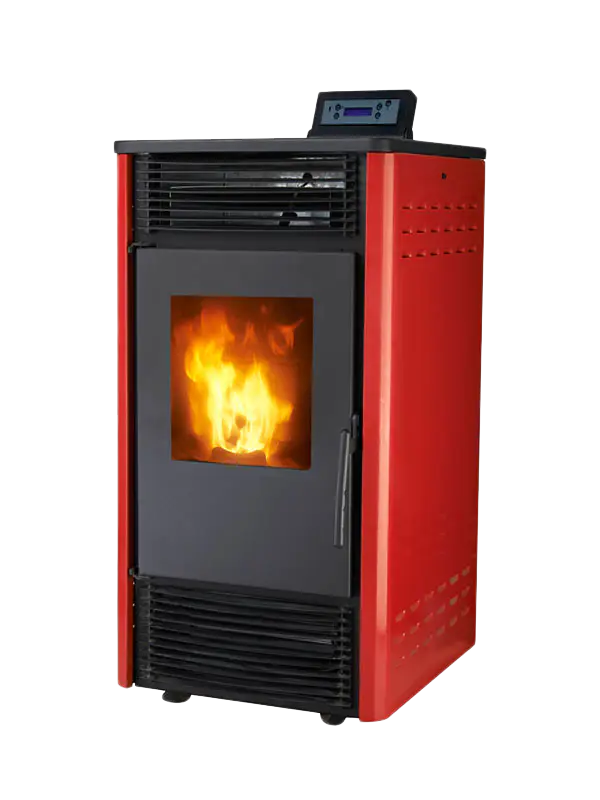
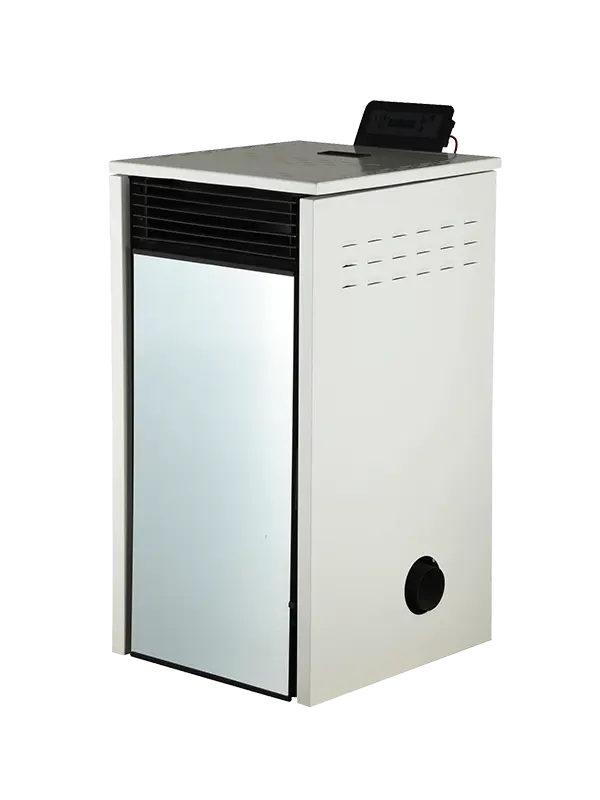
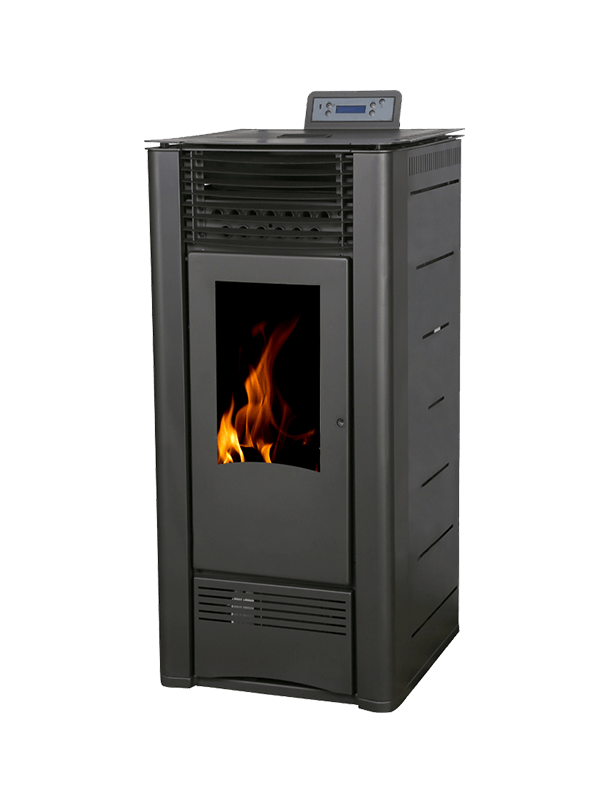
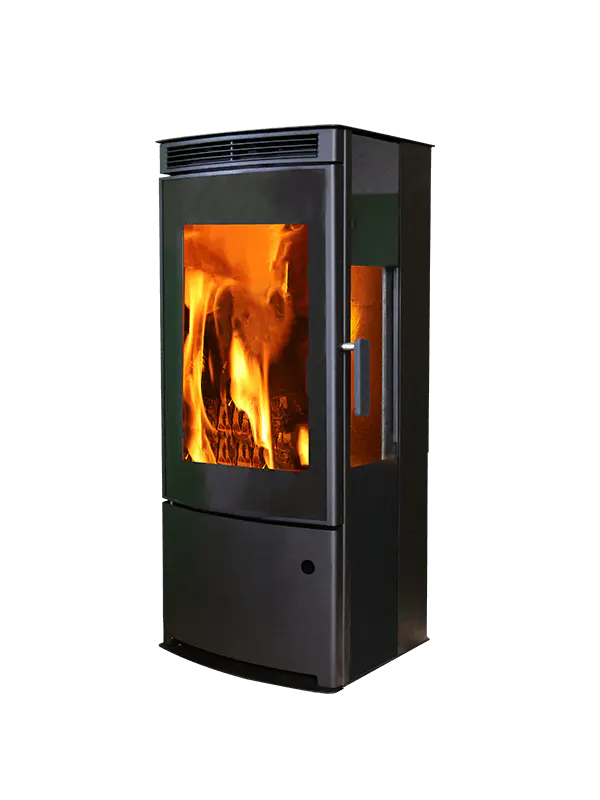
-.png)
